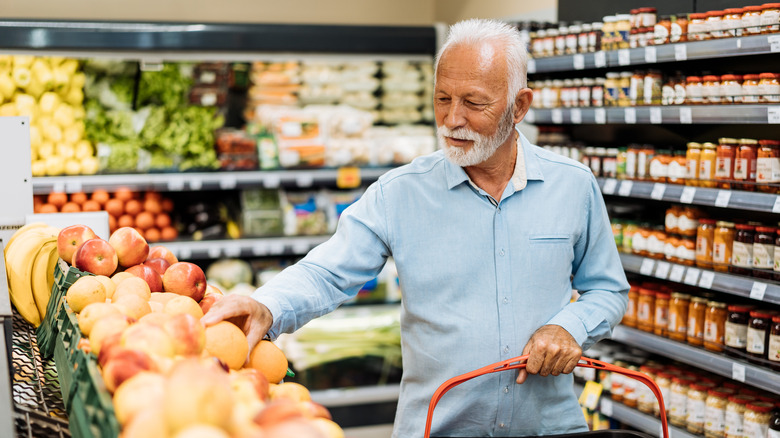New Data Shows Food Inflation Is Easing By Leaps And Bounds
As the summer temperatures rise, food inflation is taking a dive. After food-at-home inflation peaked at a 13.5% annual rate last August, the numbers continue to decline. Although economic data continually fluctuates, economists feel positive about the current trends. It seems that summer spending for that barbecue, beach party, or family reunion might be a little easier to swallow.
According to Grocery Dive, grocery inflation is at 5.8%, which is 50% lower than the reported statistics in August 2022. The dramatic decline reflects an overall reduction in U.S. inflation across sectors. Although the news is positive, consumers continue to be frugal with their food spending choices. Whether purchasing private label brands or modifying their total shopping lists, the conscious consumer has been adapting to the current economic environment.
While the findings give hope that the economy is on an upturn, household expenses are still costly. Rebounding from inflationary highs is not necessarily the green light for the consumer to splurge on that Wagyu steak for Father's Day, but it could mean that a steak versus ground chuck could be served for the celebration.
While the economic roller coaster might not have stalled, the track ahead might not look as scary as it did at this time last year. Additional ups and downs are expected, but it seems that consumers have passed the apex.
These grocery sectors contributed to the positive food inflation data
Over the past year, grocery shopping might have felt quite cumbersome. Instead of avoiding that impulse buy from the endcap, decisions focused more on careful menu planning to maximize the dollar spent. But, recent economic data has shown that the majority of food prices are continuing their decline.
According to CNBC.com, several grocery staples continue to see price declines. Compared to April 2023, May data showed egg prices were 13.8% lower, milk prices were 0.6% lower, and turkey was 2% lower. Other segments like bacon, citrus, and fresh fish also had substantial price declines.
Still, economists warn consumers that food prices can be volatile. For example, banana prices might have been lower but apple prices rose. Although the reasoning was unclear, those differences can impact the individual consumer. An unforeseen or unpredictable event, as seen with the Avian Flu last year, could cause the positive news to plummet. Although the next FoodTok trend might not cause a huge spike in grocery staples, general fluctuations cannot be overlooked when an individual is preparing that shopping list.
Overall, it seems the economic outlook is clearing up. As consumers appreciate the blue skies ahead, it does not mean that a cloud could occasionally fetter the view.

